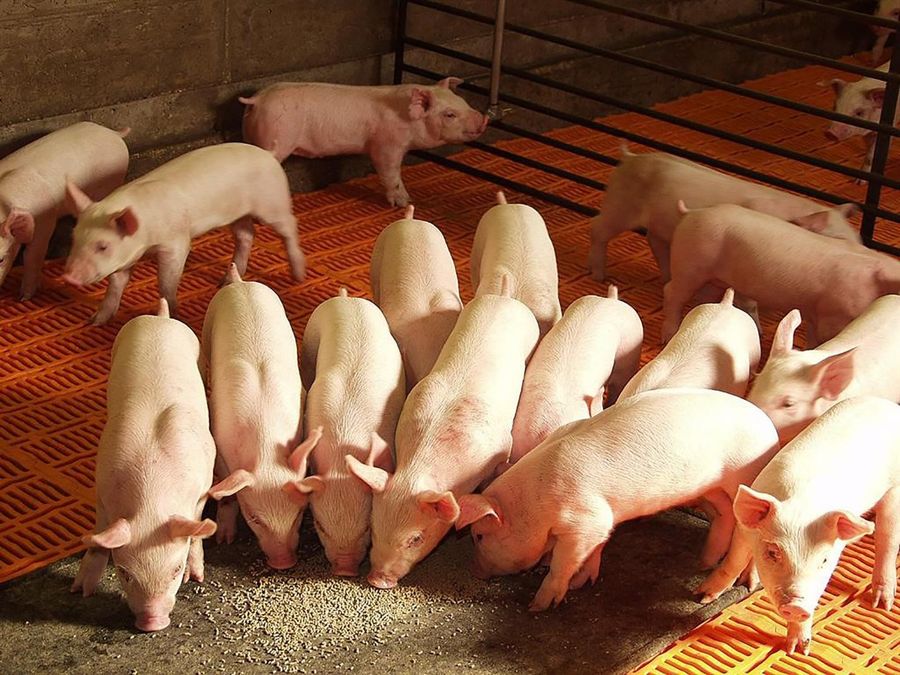Feedgrain sector watches China’s hog troubles

China’s pig farmers are losing money, and that doesn’t bode well for global feedgrain demand.
Producers are incurring losses of about US$25 per head from fattening hogs, according to the Dim Sums blog authored by retired U.S. Department of Agriculture economist Fred Gale.
That compares to profits of $45 per head one year ago when hog prices were high and feed prices were dropping.
The numbers come from a Nov. 11 report from China’s National Development and Reform Commission.
“The report said farms are reluctant to stock up on pigs or engage in second fattening,” he said.
Another report from Shandong Province estimated losses of $24 per head from fattening piglets to market weight and $11.25 from farrow-to-finish.
“The Shandong report attributed losses to low prices under pressure from strong supplies and weak demand,” said Gale.
Why it Matters: China is the world’s largest importer of soybeans
China’s biggest hog companies are selling large volumes, with October sales up anywhere from 13 to 60 per cent compared to a year ago.
Hog prices at two of the country’s largest firms were down about 33 per cent from a year earlier.
“Chinese hog farming companies are in a game of chicken to see who can last out the down cycle,” said Gale.
Companies have canceled dozens of giant pig farming projects over the past year, signaling a reversal of last year’s “breakneck expansion plans.”
“Most announcements cite financial losses for the cancellations and said they plan to shift funds to shore up working capital,” he said.
Rich Nelson, chief strategist with Allendale Inc., said earlier this year the Chinese government brought together the country’s main corporate hog producers and told them to start liquidating their herds, and that appears to be happening.
He doesn’t think the downsizing will have a big impact on coarse grains because China doesn’t buy much corn, but it could affect soybean demand.
It might explain why the Chinese government is forecasting 95.8 million tonnes of soybean imports, while the USDA is estimating 112 million tonnes.
However, Nelson thinks there are more important factors influencing the soybean market these days. His bigger concern is with sales outside of the Chinese market.
Brazilian soybeans have moved to a price discount to U.S. soybeans in the near-term. For delivery three or four months out during Brazil’s harvest period, U.S. soybeans are “wildly overpriced” compared to Brazilian beans.
Nelson is also worried about reports that the U.S. Environmental Protection Agency might be reconsidering the decision to exclude imported used cooking oil from qualifying for the 45Z biofuel production tax credit.
If that happens, it could result in excess supplies of U.S. soybean oil, which could put downward pressure on canola prices.
That is in addition to the pressure canola is already facing for being locked out of the Chinese market due to China’s punitive 75.8 per cent anti-dumping duty.
“There are a few warning signs right now for the vegetable oil market,” said Nelson.
For almost 30 years of expertise in the agri markets, UkrAgroConsult has accumulated an extensive database, which became the basis of the platform AgriSupp.
It is a multi-functional online platform with market intelligence for grains and oilseeds that enables to get access to daily operational information on the Black Sea & Danube markets, analytical reports, historical data.
You are welcome to get a 7-day free demo access!!!
Read also
Write to us
Our manager will contact you soon



